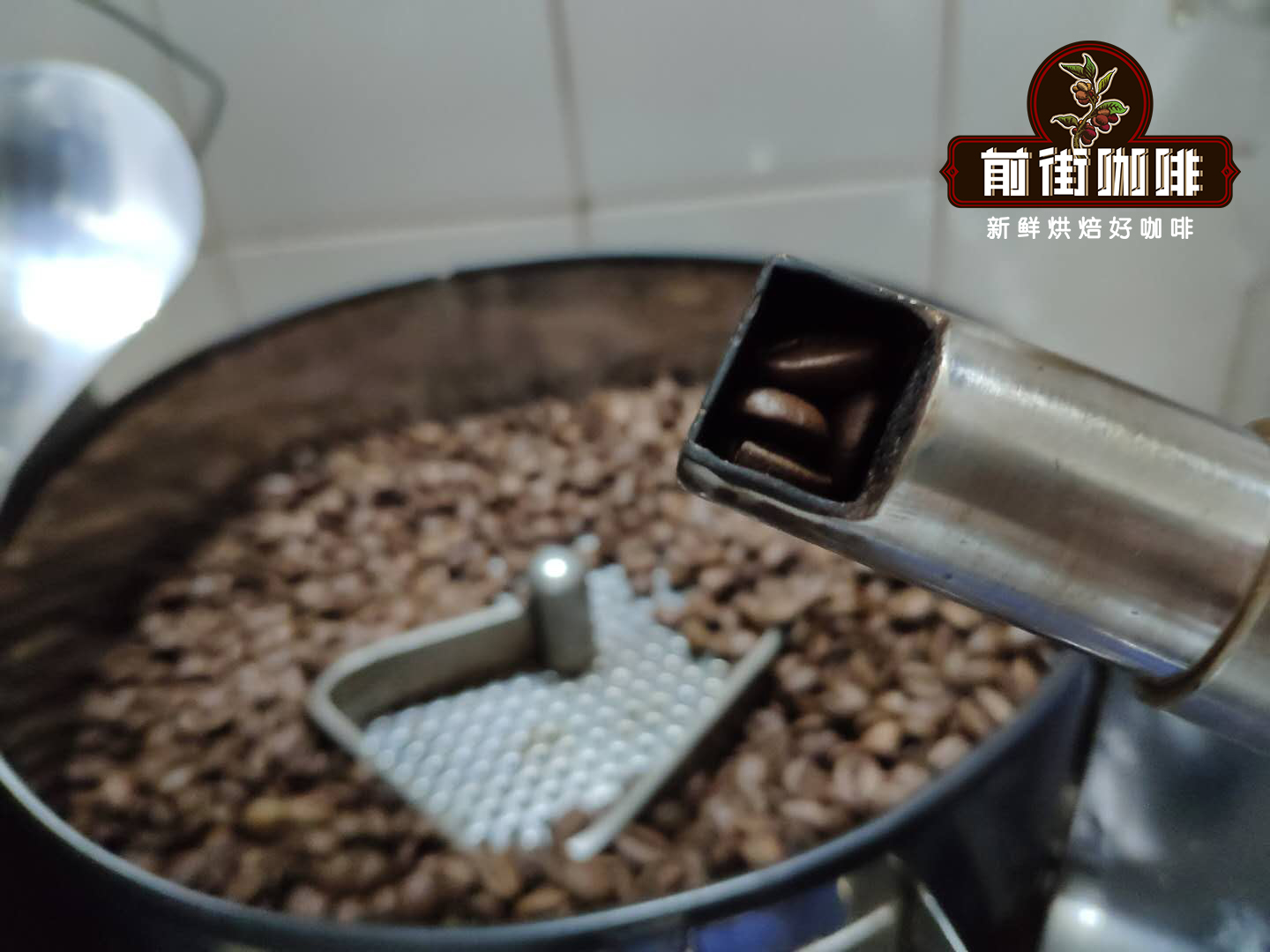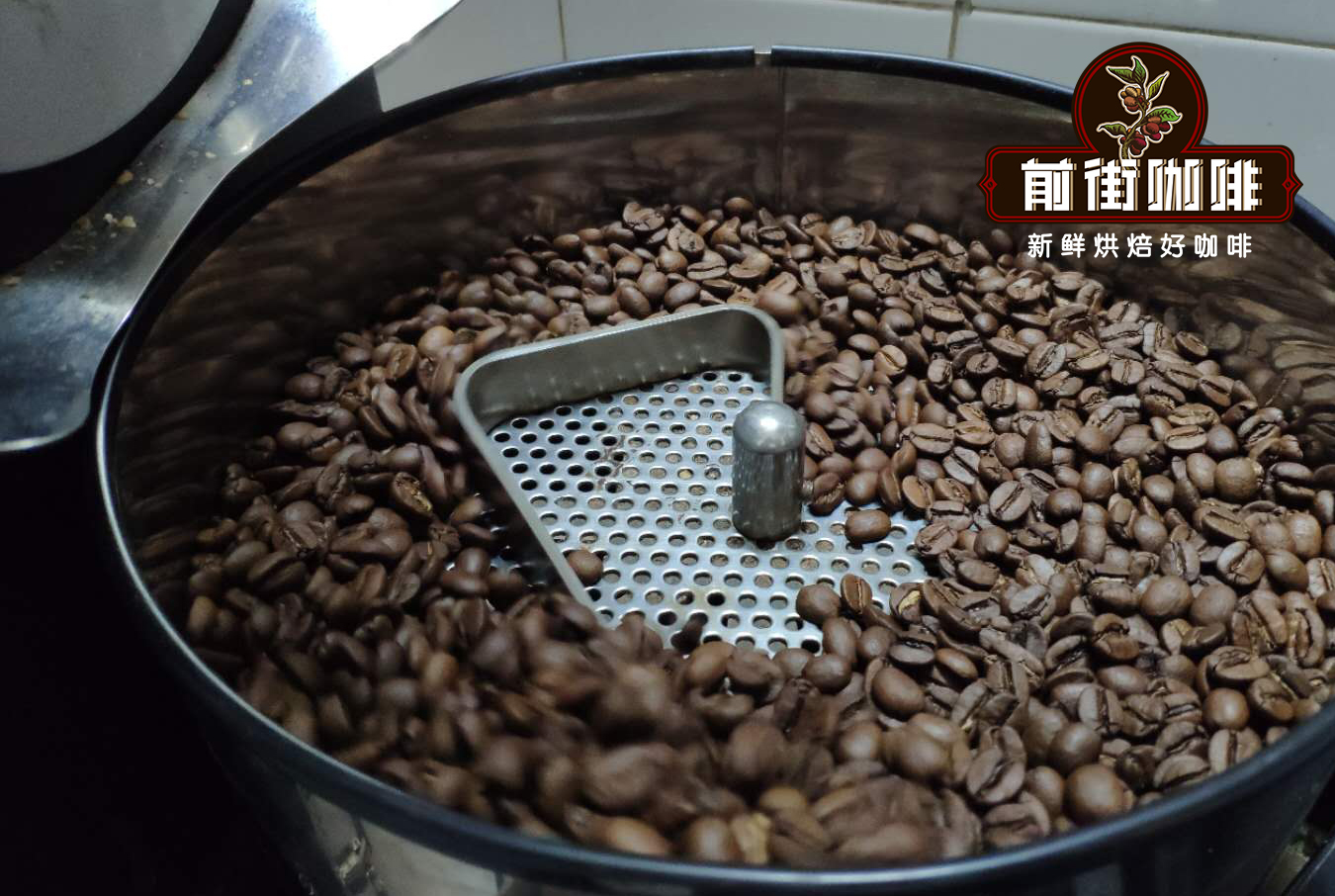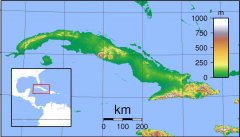Coffee roasting how to use the throttle to control the temperature of the roaster what is the role of the throttle?

Setting up a roaster or introducing new unfamiliar equipment can be daunting. There are too many details to consider, and if you do not install the machine correctly, it may lead to unforeseen problems and reduce production costs.
All the details of roasting coffee are in it-and so is the equipment you use. In the long run, ensuring that equipment is properly installed at the beginning of a new business or when making a new investment in your space can save time and money.
For any coffee baking space, one of the most important details is ventilation. First of all, improper design of the ventilation system will reduce or block the air flow, which will affect the quality of the barbecue and cause fire.
In addition, if the temperature of your roaster reaches a temperature that cannot be properly handled by the ventilation system, it may cause the entire system to collapse, which may endanger everyone in the roaster. In order to further understand the importance of using a properly installed ventilation system when baking coffee, I talked to three experts.
Exhaust baking: an overview
To learn more about the ventilation of the roaster, I interviewed Ryan Karatimus, president of Usonian Systems. Ryan told me that when he started selling toasters, he found that many customers didn't know who to turn to when it came to more technical areas, such as ventilation.
Ryan told me that he spent a lot of time studying and understanding ventilation, and he felt that building a barbecue grill was in people's minds. He added that his experience in projects such as beer brewing equipment, pizza ovens and many different coffee roasters made ventilation the focus.

"it's everywhere," Ryan said. "if you don't see the chimney somewhere, you can't go in and look around. It's interesting to build a good ventilation system, but no one seems to know what to do.
"We have worked with various coffee roasting companies to specify and design their baking ventilation systems, from complex projects to simple installations."
Ryan explained that although the installation of a high-quality ventilation system requires a lot of planning, the ultimate goal is very simple. He told me that it was easy to understand the ventilation system using some simple analogies. "to me, it's just a pipe with liquid," he explained. " "that's all. Your fluid is exhaust gas; you just need to route it correctly. "
Foresight is very important, he added. Expertise can be helpful, so planning is key before moving anything into the baking space. If you don't plan ahead and your roaster ends up in the wrong place, the price you pay may far exceed the cost of long-term ventilation.
Ryan also stressed the importance of working with experts who understand coffee roasters and industrial ventilation. "I have a client who works with a HVAC contractor, and he says they know what they're doing. But when I came in to check what was installed, I had to tell them it just didn't work.
"they have to buy a $3000 fan because they should have a smaller angle or a larger diameter (in the exhaust pipe)."
Over the years, Ryan and Usonian have worked with many roasters to design customized ventilation systems. But, he said, sometimes the "actual configuration" of the roaster involved could be an obstacle in itself, noting that it could "affect the equipment in strange ways".
"you'll see a lot of roasters exhaust cooling plates," he told me. " "even though it may be designed specifically for this purpose, any equipment manufacturer, and of course any ventilation manufacturer, is absolutely reluctant to do so."
Make sure you use the right material
First of all, high-quality ventilation needs to be able to withstand the high temperature generated by the roaster. Before installing the ventilation system, make sure that you know the temperature it needs to reach.
If your system is installed by a standard non-professional HVAC contractor, you may not be able to stand the high temperatures generated by some modern roasters. Larry Rohskopf is the CEO of Jeremias, a professional exhaust system supplier.
Larry told me that the exhaust system produced by Jeremias can withstand temperatures much higher than expected for roasted coffee. He explained that it was important to test each material and part before it was integrated into the system. As a result, the exhaust systems provided by Jeremis were explosively tested at temperatures well above 1000 °C to ensure their serviceability.
It is important to ensure that every part of the system can withstand high temperatures, not just supervisors and panels, Larry added. For example, washers and sockets will not have the same heat resistance as stainless steel.
"our system has no gaskets at all," Larry told me. This means that ventilation ducts can be firmly connected without the use of durable materials, which may decompose over time.

However, choosing the right material is not just about thermal protection. Larry reminded me that it's important to consider the visual attractiveness of pipes, especially if you want to bring potential customers into your roaster.
"sometimes you can actually see [pipes] in the lobby of the coffee shop," Larry said. "if they are made of beautiful bright stainless steel, then it will produce a very smooth mirror effect, which is very attractive."
Design and planning are the key.
The barbecue restaurant is a unique space. It is important to plan how everything (including ventilation) adapts. Typically, you will work in a room where the size and shape are limited, and you need to consider the way and location of ventilation.
However, this should not be an obstacle to success. By planning ahead, you can make ventilation no longer a consideration, but as part of the broader visual appeal of your roaster.
First, make sure that you consider the possibility of expansion. You may start using a smaller roaster, and the installation or maintenance requirements of the exhaust vents are not very high.
However, if you start to increase production and upgrade to higher-capacity machines, keep in mind that they will usually require more robust and complex ventilation systems. If you want to expand and bake more coffee, please give yourself plenty of space.
It is also important to note that you will need to use the ventilation conveniently to clean and maintain the ventilation regularly, just like the dryer itself. Through regular use, dust and bran ff will accumulate in your pipes, which can cause blockage if not handled properly.
Although the fire is usually caused by the baking furnace itself rather than by the ventilation system, in the event of a fire, blockage will make the fire more difficult to manage.

Ryan added that poorly designed systems not only pose a fire risk. If the ventilation is not good, the back pressure can actually be applied, which is where the air flow returns to the roaster rather than from the roaster. This means that the dust and husk produced during the baking process will flow back into the roaster, thus affecting the baking quality and more prone to clogging.
Richard Sandlin is the director of business development for Royal Coffee. He introduced me to one of Royal's main projects, The Crown, an open source coffee education center in Oakland, California. Richard (Richard) explained that relying on Usonian's external expertise helped them finally complete the project.
"We need an expert who is used to solving complex problems in small spaces," Richard told me. "We have installed many different roasters in a narrow space, and we need to help design a unique stacking system that is not only safe, but also conforms to the aesthetics of the project."
Richard says planning and design are a very important part of a long process-not only for ventilation, but also for a wider space. "it took 18 months to design the baking space, the building, the HVAC and the final installation of the roaster."
Ventilation is a key part of designing a coffee baking space. Whether you want to replace the old roaster or completely set up the new space, you need to install it correctly.
It is important to choose the right materials and suppliers for ventilation, but be sure to plan in advance. Consider your space constraints and spend time designing your roaster in months rather than weeks.
Finally, if you want to start a particularly complex project, consider talking to external experts. They may be able to help you plan a space where you can safely bake quality coffee for the next few years.
Important Notice :
前街咖啡 FrontStreet Coffee has moved to new addredd:
FrontStreet Coffee Address: 315,Donghua East Road,GuangZhou
Tel:020 38364473
- Prev

Island Coffee how to brew Cuban Crystal Mountain Coffee? Cuban coffee bean grading system
Professional coffee knowledge exchange more coffee bean information please follow the coffee workshop (Wechat official account cafe_style) the rise of island coffee in the 18th and 19th centuries, coffee growing areas are located in the vast sea, there is no link with land. When it comes to island coffee, you can immediately think of either Blue Mountain coffee or Kona coffee. In fact, Taiwan Province, Bourbon Island, St. Helena, Bodo
- Next

What is mocha coffee? How to make mocha coffee? What is the relationship between mocha coffee and port mocha
Coffee and chocolate have a lot in common. Both come from plants that flourish in tropical equatorial countries, are popular for their legumes and are roasted to unleash their true potential. Sometimes, tastes overlap. Chocolate is a common tasting note when talking about coffee. Therefore, we naturally combine chocolate and coffee to make drinks. The word Mocha
Related
- Beginners will see the "Coffee pull flower" guide!
- What is the difference between ice blog purified milk and ordinary milk coffee?
- Why is the Philippines the largest producer of crops in Liberia?
- For coffee extraction, should the fine powder be retained?
- How does extracted espresso fill pressed powder? How much strength does it take to press the powder?
- How to make jasmine cold extract coffee? Is the jasmine + latte good?
- Will this little toy really make the coffee taste better? How does Lily Drip affect coffee extraction?
- Will the action of slapping the filter cup also affect coffee extraction?
- What's the difference between powder-to-water ratio and powder-to-liquid ratio?
- What is the Ethiopian local species? What does it have to do with Heirloom native species?

